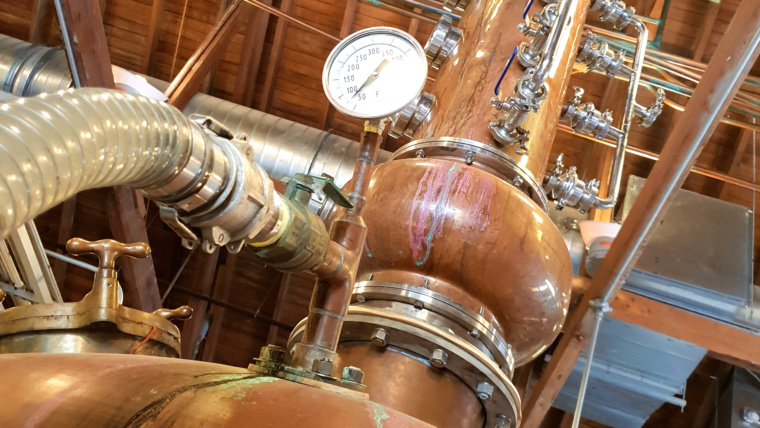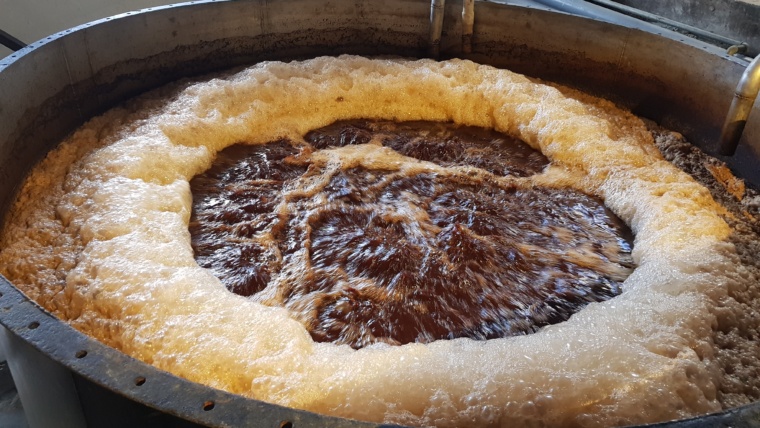In a previous article: Christopher Columbus and Sugar Cane, I mentioned how he transported sugar cane seedlings to the Caribbean. However, from that point there is still a long way to go before you get to the bottle of rum that is (hopefully) sitting in front of you.
 The bulk of all sugar cane is still harvested by hand throughout the world. It is cut down by machete and then transported to machines which crush the sugar cane’s hard stalk. This extracts sugar cane juice. From here depending on the producer of rum we have three different options.
The bulk of all sugar cane is still harvested by hand throughout the world. It is cut down by machete and then transported to machines which crush the sugar cane’s hard stalk. This extracts sugar cane juice. From here depending on the producer of rum we have three different options.
1) If producing Rhum Agricole then the fresh juice is moved directly to the fermentation and distillation process.
2) This juice can be cooked and concentrated into sugar syrup and then fermented and distilled from here.
3) The fresh juice is then manipulated into molasses and crystallised sugar. The molasses are sold to distilleries and are fermented and distilled into the bulk of rums that are produced today. They also contain a noteworthy amount of minerals and other elements which contribute to the flavour of the final product.
From any of these stages, we end up with the raw materials for the next stage in production cycle, which is fermentation.



